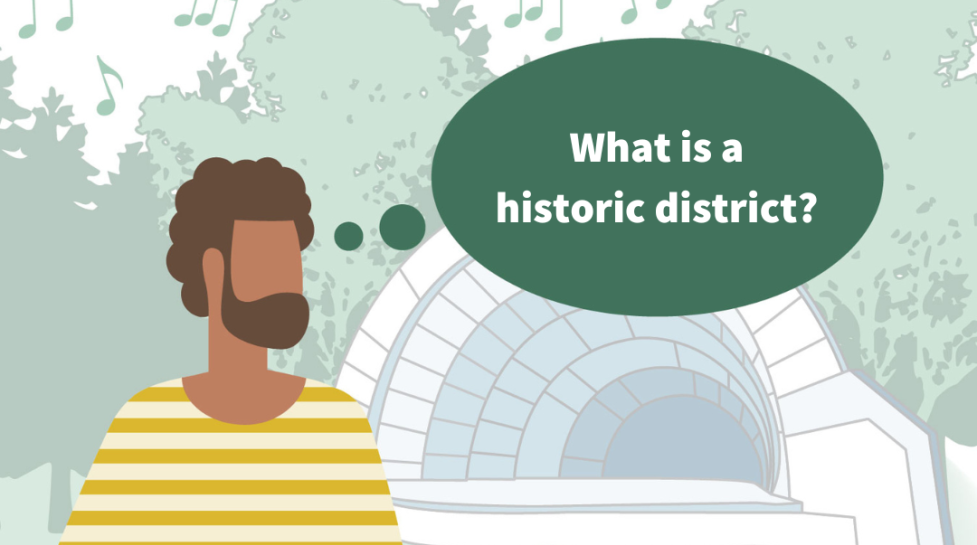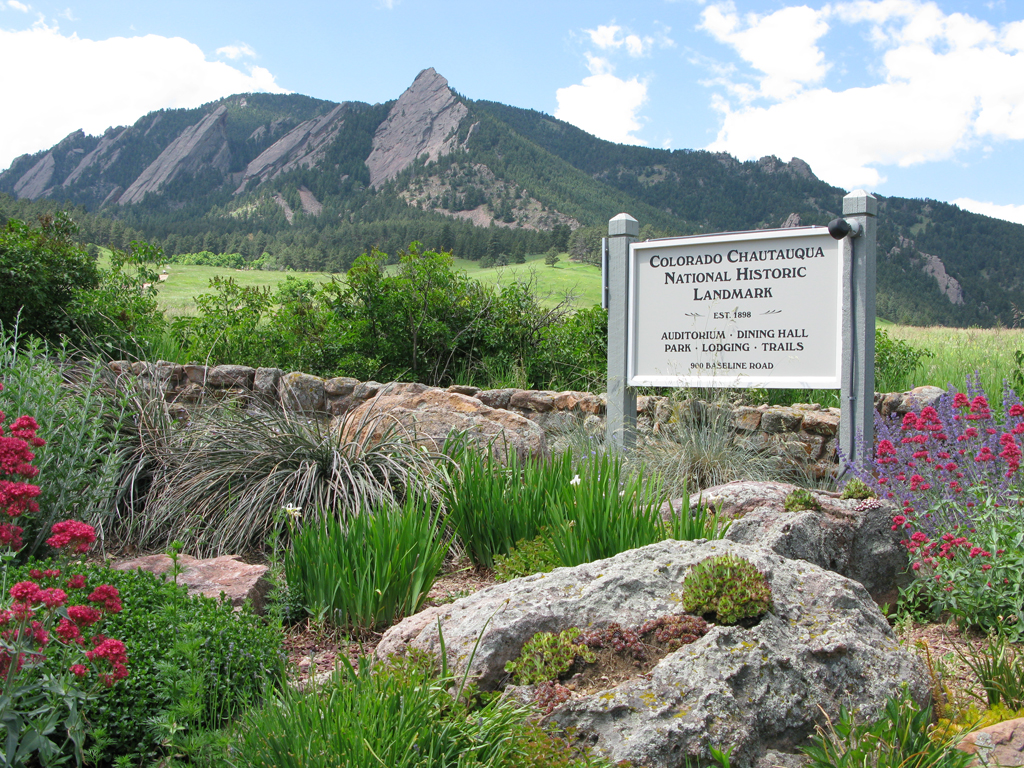What is a historic district?
Historic district designation recognizes areas of historic, architectural and/or environmental significance and provides protection through design review to ensure future changes are sensitive to an area’s historic character. A historic district can be a collection of buildings, building sites, parks and the spaces in between. In a historic district, the sidewalks, the tree canopy or the pattern of the buildings can all contribute to its historic significance. There are 10 historic districts in town, including Chautauqua, the Pearl Street Mall, Mapleton Hill and seven other residential areas.
Designation does not freeze a place in time. It’s often a question of how an area changes over time, not if it can change. Additionally, designation does not regulate the use of an area, whether that is repurposing a building, holding concerts or festivals, or use by those experiencing homelessness.
Why create a historic district?
Local historic designation recognizes and protects areas significant to Boulder’s history. It can preserve the character of an area and ensure that, while change can still happen, it happens in a way that compliments the historic nature and ambiance of an area. Learn more about historic designation.
What are the details about the proposed Civic Area historic district?
A new historic district has been proposed in the Civic Area. The proposed district extends from just west of Broadway to 14th Street between Canyon to Arapahoe avenues. It includes Central Park and five city-owned buildings that are already designated as historic landmarks; the Penfield Tate II Municipal Building, the Glen Huntington Bandshell, the Midland Savings & Loan – Atrium Building, the Dushanbe Teahouse and the City Storage Building.
The designation process has provided an opportunity to fill research gaps in the history of the area, in particular the history of displaced people, structures and businesses. Learn more about the proposal and history of the area through an interactive StoryMap.
You can share your feedback on the proposed historic district through an online questionnaire, by emailing the Landmarks Board or by speaking at a public hearing. The Landmarks Board will review the proposed historic district on Feb. 7, followed by Planning Board review later in February. City Council will then review the application and make a final decision in April.
How does an area become designated?
There are a few different ways historic landmarks are designated in Boulder. The most common is a when a property owner submits an application for designation. Less commonly, City Council, the Landmarks Board or a recognized historic preservation organization can submit an application.
When the application comes from someone other than the property owner, there are additional steps and processes, including an initial hearing to decide if it meets the criteria to become designated before the review process begins.
Once the application is submitted, it goes through design guidelines and community engagement before review by the Landmarks Board. The Landmarks Board then makes a recommendation to City Council, who then makes the final decision.
Historic districts in Boulder
There are ten local Historic Districts in the city of Boulder. One of the most well-known, Chautauqua, was proposed for demolition in the 1970s. It was preserved through historic designation and remains a cherished and vibrant part of the city.
Boulder’s ten historic districts are:
- Floral Park, designated in 1978
- Chautauqua, designated in 1978
- Mapleton Hill, designated in 1982
- West Pearl, designated in 1994
- Chamberlain, designated in 1995
- Downtown, designated in 1999
- Hillside, designated in 2001
- Highland Lawn, designated in 2005
- University Place, designated in 2006
- 16th Street, designated in 2006
Learn more about each district on the Historic Districts webpage.

